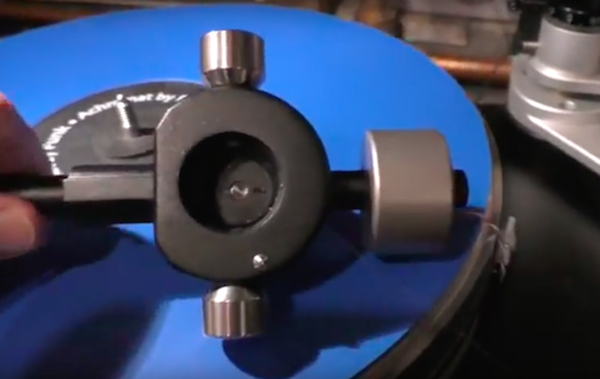Tonearm Reviews
Sort By: Post DateTitle Publish Date
|
Aug 20, 2000
|
Dec 23, 2007
|
May 15, 2009
|
Mar 06, 2018
|
Jul 24, 2017
|
Mar 24, 2017
|
Aug 24, 2016
|
Oct 14, 2011
|
Aug 06, 2006












